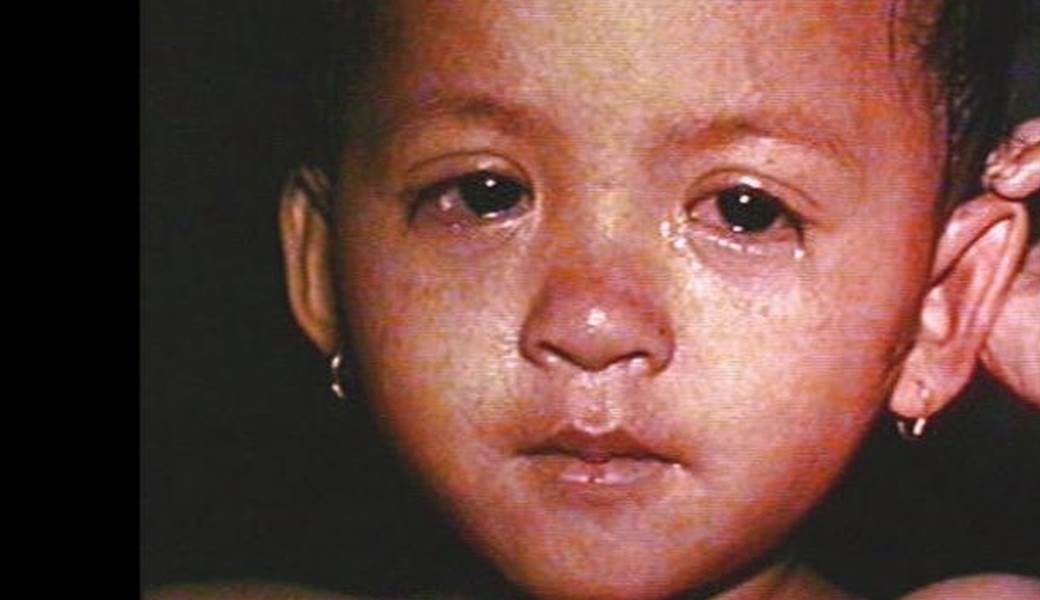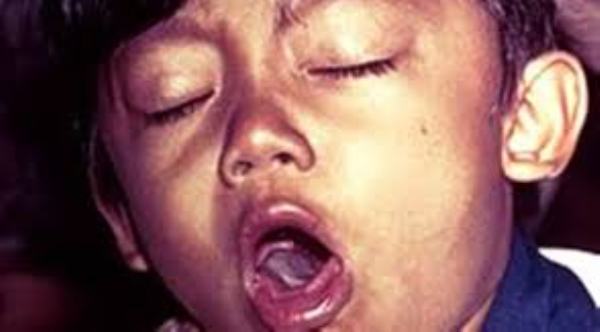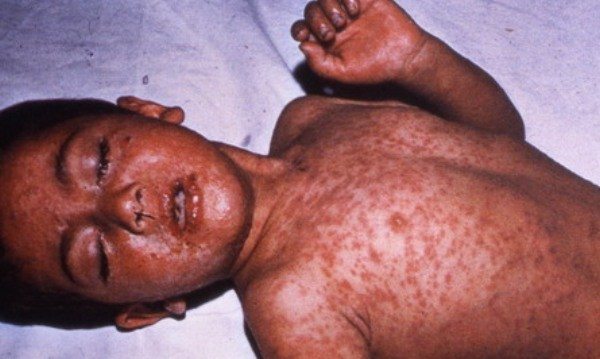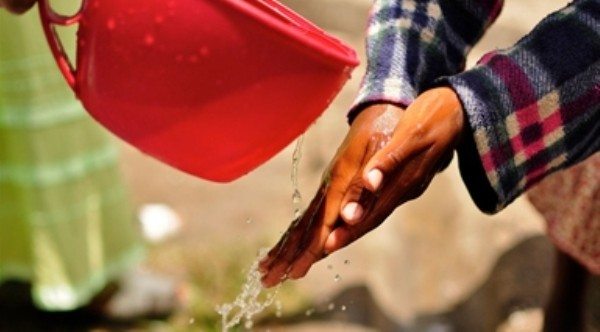For many people especially those in the western world, Africa is synonymous with diseases, wars, conflicts and famine. While Africa cannot agree to be synonymous with such claims, the continent cannot escape the fact that within the confines of its territory lie some of the most deadly diseases that have claimed more lives in history than war and famine put together. Every continent has diseases that are predominant in them and this is the same for Africa.
Most of the diseases in Africa are such that can be completely prevented by simple measures starting with proper education and personal hygiene. In most cases, these diseases affect women and children which form the most vulnerable demographic class. In this article, we explore the 10 most deadly diseases in Africa which have claimed the lives of many.
10. Syphilis
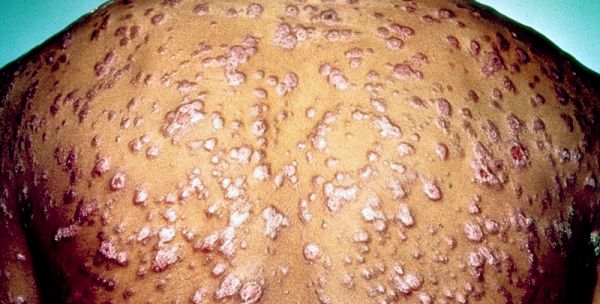
Syphilis is arguably one of the most killer diseases in Africa. The rash/boil causing plague is responsible for the infection of up to 12.2 million people in the world every year with a quarter of these cases occurring in Africa due to poor sexual health education. The disease is transmitted through contact with body fluids, blood and blood products. It is also known to be transmitted from mother to child.On the average, 157,000 people lose their life to syphilis every year.
According to the World Health Organization (WHO), infection rates in major African cities such as Zambia; an East African country and Cameroon; a country in the Central Africa were reported to be as high as 10% and 6% in both genders respectively while studies done in Madagascar suggested that infection rates may be up to 30%. Apart from Africa, Syphilis is also prevalent in Southeast Asia and South America.
9. Meningitis
Meningitis is one of the killer diseases in Africa and the world at large. One unpleasant thing about this disease is that it is capable of reducing the quality of life even after recovery. Meningitis is mostly prevalent in the northern and central parts of Africa and is usually seasonal; occurring mostly during the dry season between December and June.
More than 1 million people get infected by some form of meningitis every year resulting in 174,000 deaths every year. A typical infection involves the covering of the brain and spinal cord leading to swelling of these tissues. Meningitis has a high mortality rate such that even with early diagnosis and treatment, up to 5 to 10% of affected individuals still end up dead and a higher 10 to 20% of survivors suffer permanent brain damage and some form of hearing impairment or learning disability. The prevalence of Meningitis can easily be reduced with adequate vaccination and prophylaxis for those who may be exposed.
8. Tetanus
Tetanus is a disease of carelessness and negligence. It is ranked among the top ten most deadly diseases in Africa because even though it affects less number of people, it leaves fewer survivors. The number of new cases has dropped from 800,000 to about 500,000 every year within the past decade but it claims almost half of those it affects (up to 214,000 deaths) every year.
Tetanus is ubiquitous and can easily infect an individual when there is a breach in the first layer of barrier against diseases – the skin and mucous membranes. Sometimes, a breach caused by a small cut or wound can get contaminated by clostridium tetani (the micro-organism that causes tetanus) with the disease manifesting several days after the contamination (usually 3 to 21 days after). Sub-saharan African countries record about 84,000 deaths from tetanus on a yearly basis. Neonatal tetanus is common in many developing countries especially in African countries and those in South East Asia and is responsible for about 14% (215,000) of all neonatal deaths and it is worthy of note that since WHO called for global elimination of tetanus in 1989, deaths from neo-natal tetanus have decreased.
7. Whooping cough (Pertussis)
Whooping cough is the 7th most deadly disease in Africa. There are between 20 and 40 million diagnosed cases of Pertussis every year which is responsible for killing 200,000 to 300,000 die each year most of whom are infants and children under 5 years. Whooping cough is a highly contagious disease and often takes 7 to 14 days for an established infection to be treated. A typical manifestation is a protracted cough with breathlessness resulting in a characteristic whoop sound. More than 90% of whooping cough occur in developing countries of Africa and can easily be prevented by a simple immunization.
6. Measles
Measles is a disease that has gained some reputable degree of popularity because of its ability to spread like wild-fire during outbreaks. The deadly disease claims some 530,000 lives on a yearly basis after infecting more than 30 million people each year (usually of infants and children under 5 years of age). This large number translates to 1,400 people who die from measles every day with almost 50% of deaths occurring in Africa (242,000 deaths).
All is not gloomy however, as measles has seen a drastic reduction since vaccination became more readily available. However, the challenge of maintaining the cold chain and reaching the villages in the hinterlands is still a challenge in most developing countries of Africa. A typical measles infection is airborne, spreading by coughing and sneezing and usually affecting malnourished children. It is highly contagious and common symptoms include high-grade fever, cough, maculo-papular rash with associated diarrhea, pneumonia, and ear infections as common complications.
5. Tuberculosis
Tuberculosis is one of the major diseases in Africa that kills after a long period of inflicting a debilitating condition on the victims. More than 2 million people die every year from tuberculosis. In Africa, tuberculosis is much more common and since HIV/AIDS started ravaging the lives of many, the duo have formed an unholy alliance. People die more from tuberculosis in Africa than they die elsewhere. About one-third of the world’s population is infected with tuberculosis and there are over 8 million new cases developing each year. What this means is that one in 3 to 4 people you come across on the street have been infected with TB. However, the disease only becomes reactivated when the immune system is low or when you become closely exposed to a chronic sufferer and you start harbouring lots of the mycobacterium tubercule.
The typical TB infection attacks the lungs but is not limited to this organ as it can equally infect other parts of the body. TB is so deadly that it kills more than 50% of those infected when they are left untreated. New infections occur at a rate of about one every second and in Africa, more individuals are more liable to contract TB because of low immune system caused by higher rates of AIDS and malnutrition. Immunization, allowing proper ventilation, adequate diet and good personal hygiene are one of the sure ways to prevent TB.
4. Diarrhoea
Diarrhoea is the passage of three or more stool in any given day. In some cases, it is defined as passage of stool more frequently than is normal for the individual). It is a disease that is so common in Africa more especially within the poorest and developing countries. There are 4 billion cases of diarrhea every year and about 2.2 million people die from it most of them being children under 2 years.
In Africa, diarrhea is so predominant that it is responsible for 8% of all deaths in Africa. In cases where the diarrhea is a result of contaminated living conditions such as polluted water, it can lead to up to 1 in 5 deaths. Most diarrheal deaths actually result from severe dehydration and not from the diarrhea itself. Diarrhea is one of the diseases that is most common in Africa because of high rates of malnutrition which is prevalent in the continent.
3. Malaria
Malaria affects more than 500 million people annually, causing between 1 and 3 million deaths. It has become a household name in Africa and when it comes to taking lives, it does so without mercy. In a study that was done in 2012 on malaria, it has been established that malaria kills twice as many people every year as was formerly thought, taking 1.2 million lives and causing the deaths many including older children and very young adults especially those under 15 years of age. The prevalence rate of malaria is exorbitantly high especially in the sub-Saharan Africa where up to 90% of all cases are known to occur. Following infection, complications like anemia, cerebral malaria and swelling of the spleen may occur.
2. HIV/AIDS
Human immunodeficiency virus (HIV) is the virus that causes Acquired Immunodeficiency Syndrome (AIDS), a disease that attacks the immune system, causing its progressive failure and at the end, allowing opportunistic infections. HIV/AIDS is among the 10 most widespread African diseases yet it is one of the most preventable. In Africa, there is no region that is exempt from HIV/AIDS. Heterosexual transmission accounts for most cases of HIV transmission. There are more than 33 million people infected with HIV/AIDS and 65 percent of these individuals live in sub-Saharan Africa.
HIV is spread primarily by unprotected sexual intercourse with someone who has HIV (most especially among homosexuals). Other routes of infection include: sharing needles, syringes, or unsterilized invasive instruments, and babies born to an infected mother.
There are strong evidence that we are winning the race against HIV/AIDS; reports from some of the African countries which have the highest HIV prevalence on record shows that the rates of new HIV infections have been cut down dramatically since 2001; by 41% in South Africa and Swaziland, 50% in Zimbabwe, 58% in Zambia, 68% in Namibia, 71% in Botswana and 73% in Malawi.I n addition, sub-Saharan Africa has reduced AIDS-related deaths by one-third in the past six years and increased the number of people on anti-retroviral treatment by 59% in the last two years alone.
1. Pneumonia and Other Lower Respiratory Tract Infections
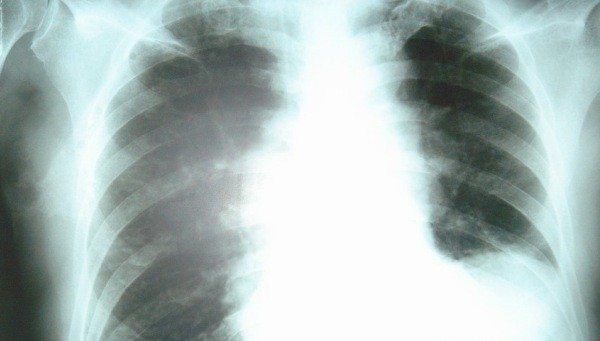
We have come to the ultimate killer disease in Africa; Pneumonia and other lower respiratory tract infections are the leading cause of deaths among Africans. It affects both children and adults and unlike most other diseases, it leaves little room for intervention. In most cases of lower respiratory infections, early treatment is the key. Such diseases like pneumonia, bronchitis and bronchiolitis kill an estimated 4.2 million people across the world and death toll is higher in countries with restricted access to healthcare facility. Pneumonia alone is responsible for 90% of all lower respiratory tract infections and is one of the most deadly diseases in Africa where it is responsible for taking the lives of more than 800,000 people every year.
Most diseases in Africa are those that can be prevented for less than $5 vaccine or with drugs that sell for less than $10. With proper education, vaccination programmes and adequate healthcare facility with trained staff, deaths caused by these diseases are bound to have no option than to drop dramatically.
